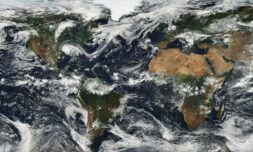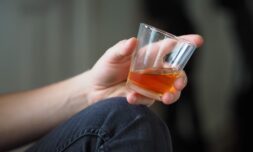The gigantic floating mass of ocean plastic debris has now become home to hundreds of plant and animal species. While an interesting phenomenon, it’s not exactly something to celebrate.
Humans have influenced the natural world for as long as we’ve existed, but only a handful of man-made inventions have impacted the planet as much as plastic.
A major phenomenon created by our plastic obsession is the Great Pacific Garbage Patch (GPGP). We’ve discussed it in detail on Thred before, including what it is, how big it is, and the impact it’s having on our oceans and all life within them.
You can read that story here if you want to get clued up on the facts.
Since its discovery, these gigantic floating masses of plastic have been closely assessed by scientists, but they only learned in recent weeks that marine life within the GPGP is as abundant and diverse as it is on coastal shorelines.
Why is this such a remarkable discovery? Well, the GPGP seems like an unlikely place for life to thrive. It is located 1,000m miles offshore at its closest point, is completely unsheltered from the sun’s harsh rays, and the water quality itself is far from ideal.
In fact, the surface of the water around the GPGP is often described as ‘soupy,’ completely riddled with toxic microplastics and plastic films.





















